You may be wondering, what is the pegan diet? And if so, I’m glad you asked.
What is the Pegan Diet?
“Pegan” is a term coined by Dr. Mark Hyman for dietary guidelines that combine the best of both “paleo” and “vegan” ways of eating.
The Pegan diet is mostly plant based – filled with plenty of vegetables and fruit, with small amounts of high quality animal protein, whole grains, legumes, and healthy fats, yet devoid of dairy, gluten, sugar, and refined foods. (Does that philosophy ring a bell? *wink wink*)
As Dr. Hyman loves to say: “If God made it, eat it. If man made it, leave it.” Amen.
Pegan Diet vs. Mediterranean Diet
The Pegan diet is very similar to the Mediterranean diet, which we know has many well documented benefits, from weight loss to a healthier heart to decreased inflammation, and lower risk of chronic illness and disease.
According to the Harvard School of Public Health,”Together with regular physical activity and not smoking, our analyses suggests that over 80% of coronary heart disease, 70% of stroke, and 90% of type 2 diabetes can be avoided by healthy food choices that are consistent with the traditional Mediterranean diet.” (1)
The main differences would be that Pegan (thankfully!) puts an emphasis on quality of animal products (organic, wild, pasture-raised, etc.) and suggests to eliminate all refined foods, including bread, and yes even whole wheat. (For the definitive guide on how to choose high quality animal products check out my book, The Real Food Grocery Guide.
What Do You Eat on the Pegan Diet?
According to Dr. Hyman, here are the principles of the pegan diet:
- Eat Mostly Vegetables and Fruit in a variety of colors.
- Keep the Glycemic Load low to avoid blood sugar spikes (and the weight gain and chronic illness that comes with it). This means low to no sugar, flour, and refined carbohydrates like bread and pasta.
- Ideally Choose Organic to avoid pesticides, antibiotics, hormones and GMOs.
- Choose Real Food, Not Processed Foods free from chemicals, additives, preservatives, dyes, MSG, artificial sweeteners and other additives you would never stock on their own in your pantry.
- Eat High Quality Good Fats especially the essential omega-3 fatty acids found in hemp seeds, flax, chia, walnuts, salmon, and other fish. If you don’t eat omega-3 rich seafood, be sure to get it from algae, to make sure you’re getting adequate DHA (plant-based omega-3 rich foods contain mostly ALA, while algae and seafood have mostly EPA and DHA). Olive oil, avocados, nuts and seeds, are encouraged too. And no, good fat won’t make you fat! Don’t go overboard on the fat. Still keep fats – particularly oils – a smaller percentage of your plate.
- Get Enough Protein from either high quality animal or plant-based sources, like beans, lentils, peas, or quinoa. In traditional paleo, beans are not allowed at all, primarily based on the fear that their lectin content could damage the intestinal lining. But, as I explain in my book, The Real Food Grocery Guide, the fear is unfounded as the main argument is based on flawed research. What’s more, one of the common denominators in the 5 places in the world that are considered Blue Zones, areas where people routinely live to 100, is the daily intake of about 1 cup of beans. Dr. Hyman suggests limiting bean intake to 1 cup a day.
- Shop local and fresh foods for the majority of your meals. The Farmers Market is my favorite place to buy local, seasonal foods. You can find a local farmers market here.
- If animal products are consumed they should be organic, pasture-raised, grass fed, free range, or wild. If you eat eggs, eat whole eggs, not egg whites.
- If you eat fish you should choose low mercury and low PCB containing fish such as sardines, herring and anchovies or other small fish and avoid tuna, swordfish and Chilean sea bass because of the high mercury load. Here’s a nice breakdown of low mercury fish.
- Avoid Dairy both paleo and vegans avoid dairy and with good reason. There is substantial evidence to suggest dairy is not a health food. Harvard’s Healthy Eating Plate acknowledges that dairy is not a necessary part of the diet, and makes it clear it’s not the only, nor the best source of calcium. While some can tolerate it, for most it contributes to obesity, diabetes, heart disease and cancer, and may even increase the risk of osteoporosis.
- Avoid Gluten and Limit Grains Gluten can trigger inflammation, auto-immunity, digestive disorders, and even obesity. AS for other grains, be sure they are whole and eat them in small amounts, about 1/2 cup per meal. Stick to lower glycemic grains like black rice or quinoa.
My Experience with the Pegan Diet
While the term pegan was only coined relatively recently, that’s exactly the plan I’ve been following. When I first started transitioning my diet 10 years ago, I initially moved towards vegan, and remained vegan for less than a year, before adding back in high quality animal products like organic eggs and wild fish, as my body was craving those foods. I also used to eat a ton of whole wheat products when I first embarked on “healthy eating”, which ended up causing severe digestive issues, so I cut wheat out completely about 5 years ago.
My story was featured in Woman’s World magazine this week, of how eating this way helped me lose 20 pounds over the course of several months (their “lose 18 pounds a week” headline is a little over the top, as the vast majority of people will not see that kind of weight loss in a week, no matter how strictly they adhere to this way of eating.)
Nonetheless, I was freaking out over this article, because growing up my mom always used to pick these up at the grocery store, and it was one of my favorite magazines to leaf through. They always had so many great tips and inspiring stories!
Besides weight loss, other benefits I’ve experienced as a result of changing my diet have been improved mental clarity, more energy, better skin, and less sick days.
How to Start the Pegan Diet
You can use the guidelines above to test out the pegan diet for yourself.
If you’d like added guidance and support, join my EatSLIM 10-week online nutrition and cooking course, which will guide you step-by-step in changing your habits, grocery shopping, ordering out, and cooking easy, quick, healthy, delicious meals at home.
Pegan Recipes
All of the recipes on my site are pegan, but in particular here are some of my favorites:
Low Glycemic Cauli Paleo Breakfast Bowls
Lemon Pepper Salmon with Cauliflower Rice


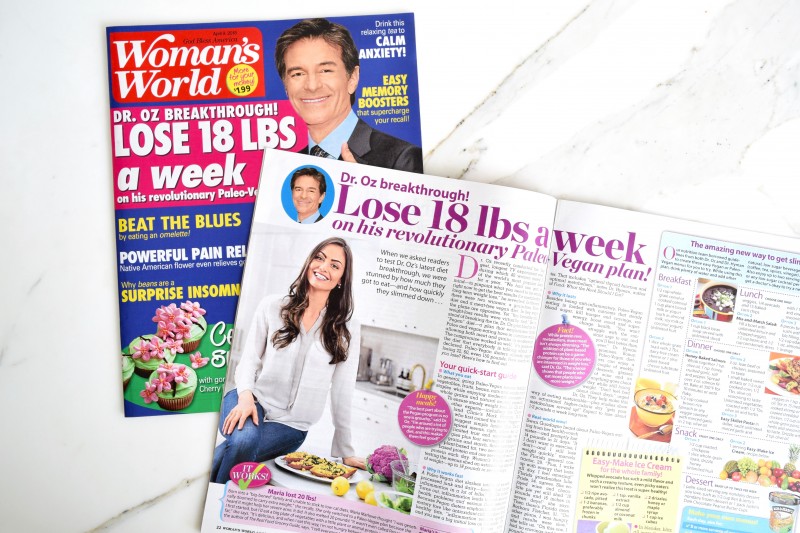
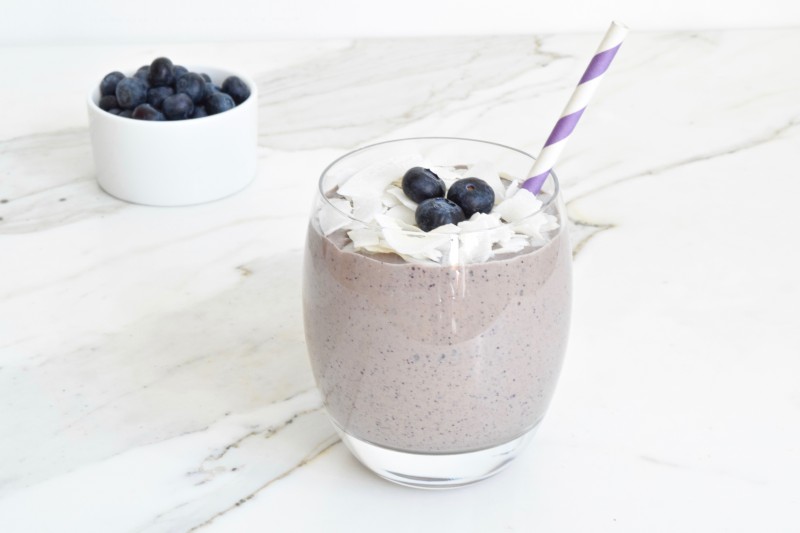
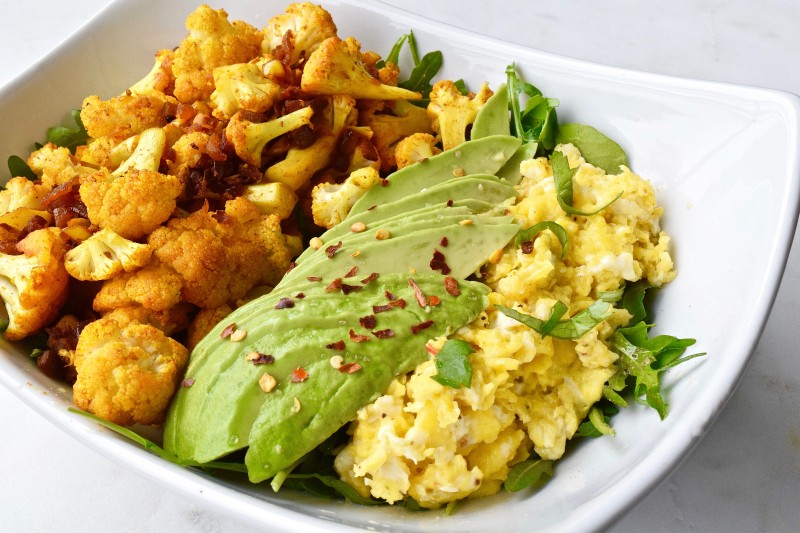
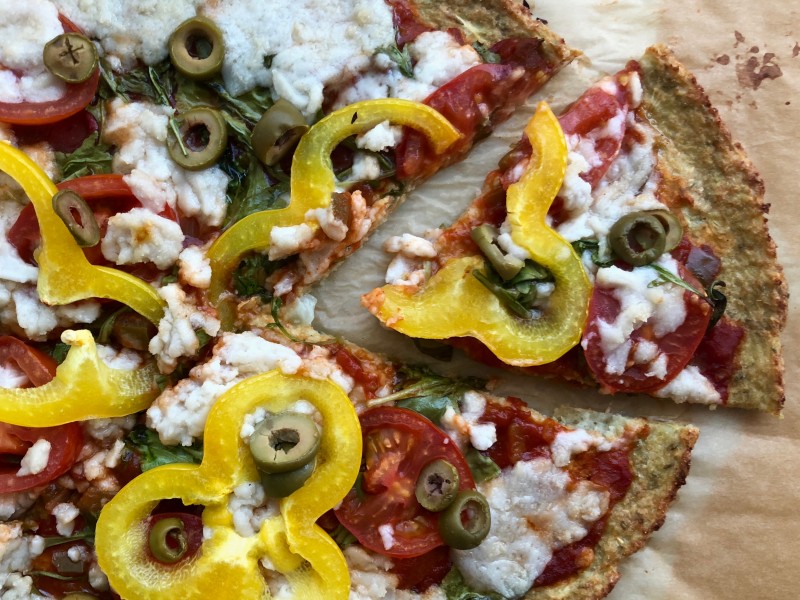
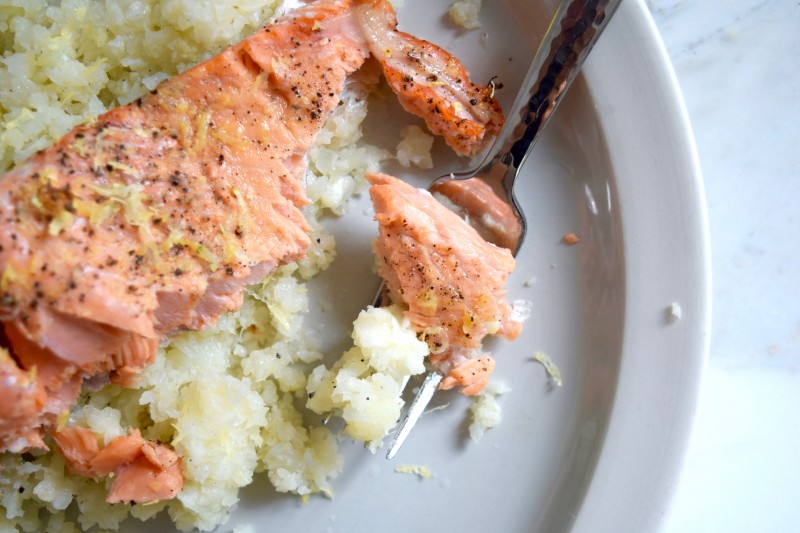


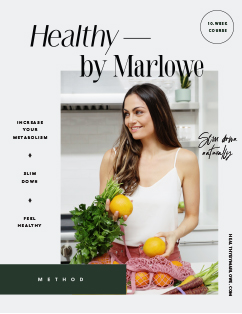
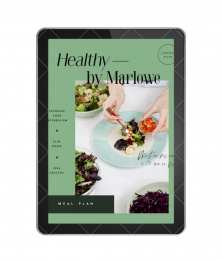
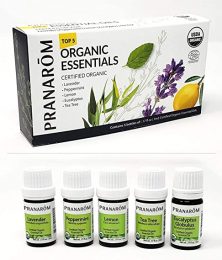
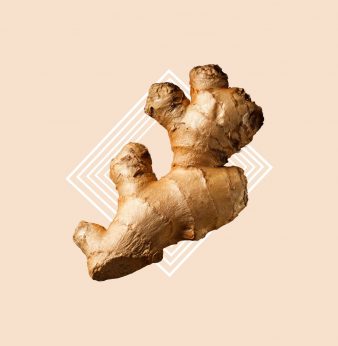

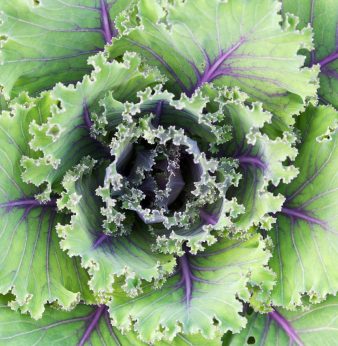



No Comments